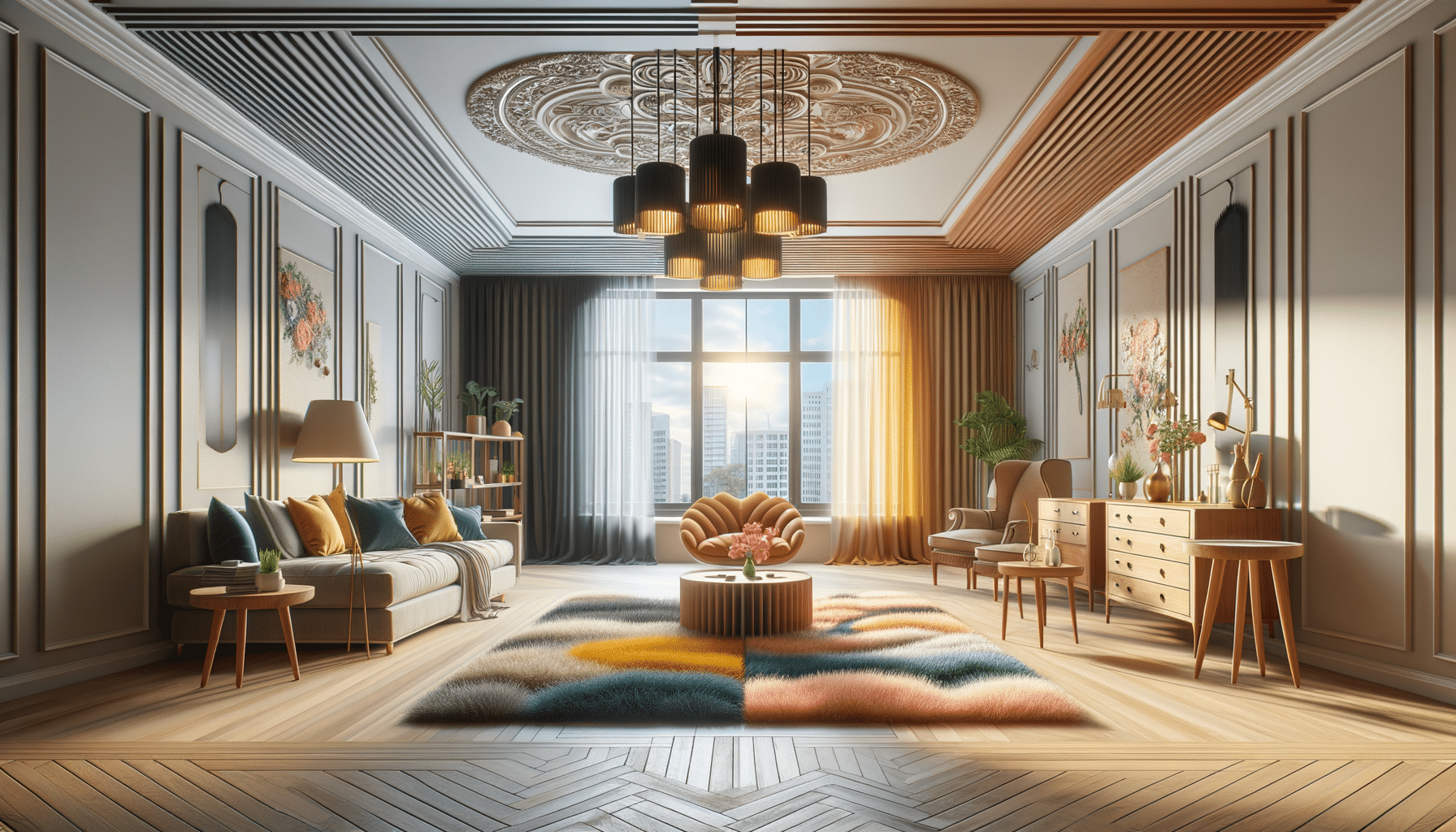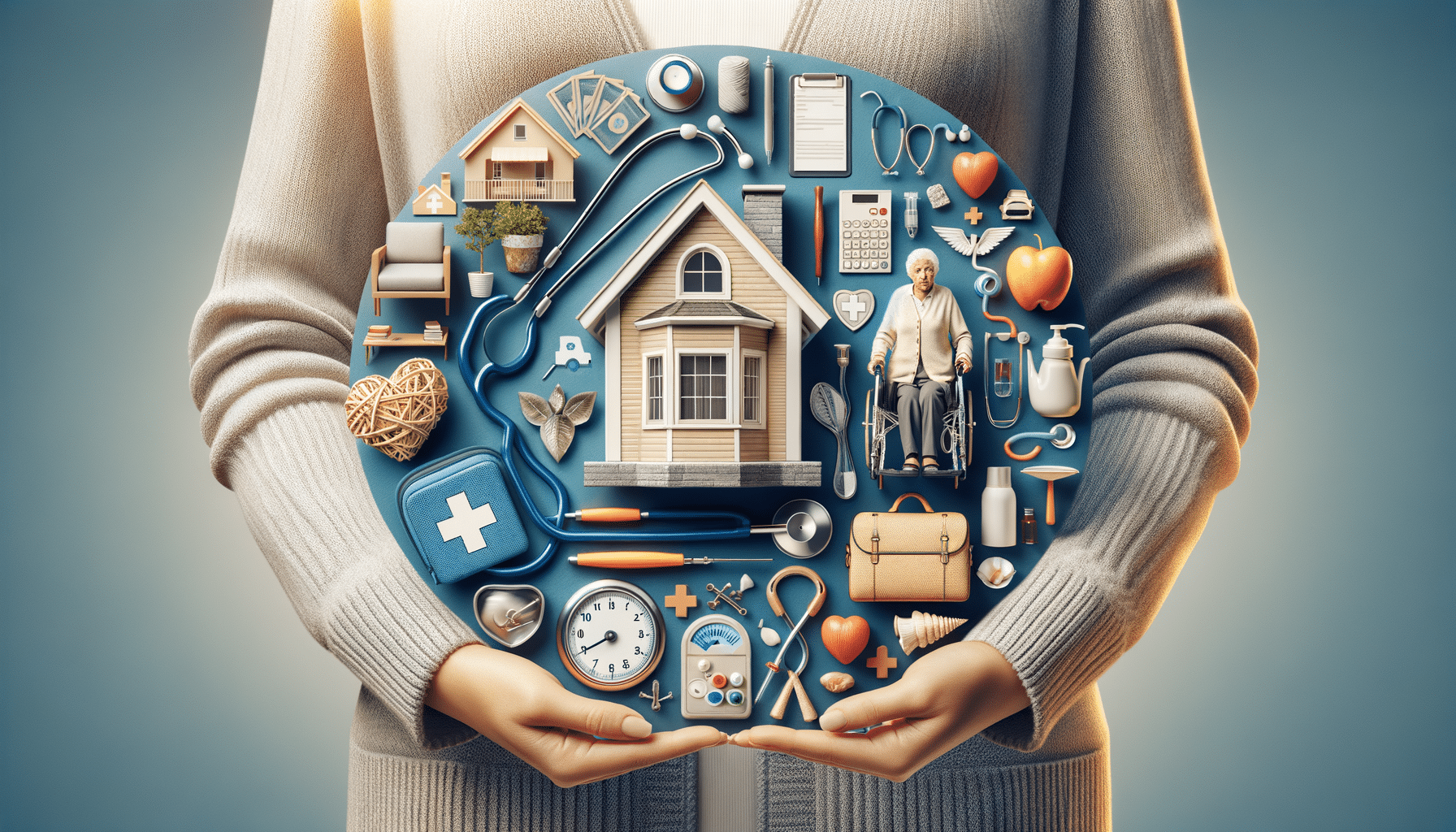
Transforming Spaces: Interior Design to Create Your Room
Understanding the Basics of Interior Design
Interior design is more than just decorating a space; it’s about creating a harmonious environment that reflects your personality and meets your needs. At its core, interior design involves the careful selection of colors, furniture, and accessories to enhance the functionality and aesthetics of a room. Whether you’re redesigning a cozy bedroom or a spacious living area, understanding the principles of interior design can help you create a space that feels both inviting and practical.
To start, consider the purpose of the room. Is it a space for relaxation, work, or entertainment? This will guide your choices in terms of layout and furnishings. For instance, a living room might prioritize comfortable seating and ample lighting, while a home office may focus on ergonomic furniture and minimal distractions.
Color schemes play a vital role in setting the mood of a room. Warm colors like reds and yellows can create a cozy and energetic atmosphere, while cool colors like blues and greens tend to have a calming effect. Mixing and matching these tones can add depth and interest to your design.
Additionally, the use of textures and patterns can add layers to your design. Consider incorporating different materials such as wood, metal, and textiles to create a multi-dimensional space. Patterns, whether in wallpaper or upholstery, can also provide visual interest and draw attention to focal points in the room.
Personalizing Your Space
Personalization is key to making a room feel like your own. One effective way to achieve this is by incorporating elements that reflect your interests and lifestyle. This could be through artwork, books, or even family photographs. These personal touches not only make the space unique but also tell a story about who you are.
Another aspect of personalization is choosing furniture and decor that align with your taste. Whether you prefer a modern minimalist look or a more traditional style, your choices should resonate with your personal aesthetic. Remember, your space should be a reflection of you, so don’t shy away from bold choices if they speak to you.
Functionality is another important factor. Consider how you use the space daily and select pieces that accommodate these activities. For instance, if you love hosting gatherings, invest in versatile furniture that can easily be rearranged to accommodate guests. If storage is a priority, look for furniture that offers hidden compartments or multi-functional uses.
Lighting is another crucial element in personalizing a space. The right lighting can enhance the ambiance and functionality of a room. Experiment with different light sources such as floor lamps, pendant lights, and natural light to find what works best for your space.
Maximizing Space and Comfort
In interior design, maximizing space and comfort is essential, especially in smaller rooms. Start by assessing the layout and identifying any underutilized areas. Sometimes, rearranging furniture can open up space and create a more efficient flow.
Consider incorporating multi-functional furniture, such as a sofa bed or a coffee table with storage, to make the most of limited space. These pieces offer versatility without compromising on style.
Comfort should always be a priority. Invest in quality furniture that provides support and relaxation. For instance, a well-chosen mattress can transform your bedroom into a restful retreat, while a plush sofa can become the centerpiece of a cozy living room.
Don’t overlook the importance of textiles in adding comfort. Soft rugs, cushions, and throws can instantly make a space feel warmer and more inviting. They also offer an opportunity to introduce color and texture into the design.
Lastly, ensure that the room is well-ventilated and receives ample natural light. These elements not only enhance comfort but also contribute to the overall well-being of those using the space.


